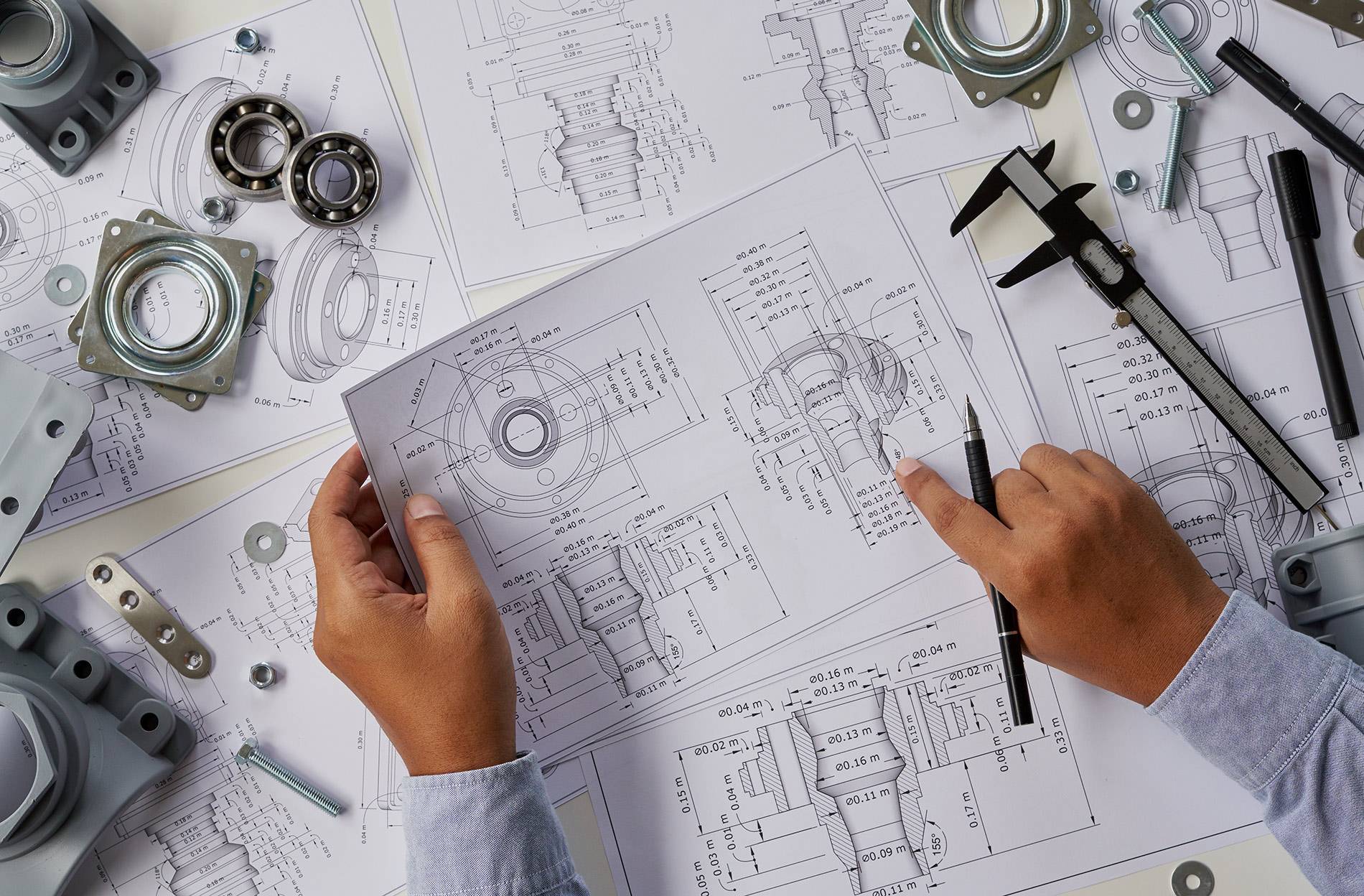
Product engineering refers to the process of designing and developing a product from the initial concept to the final product. It involves a range of activities including design, testing, and manufacturing. The goal of product engineering is to create a high-quality, reliable product that meets customer needs and is competitive in the market.
Product engineering starts with identifying the customer needs and requirements and then creating a design that meets those needs. Once the design is finalized, the product is manufactured and tested for quality and performance.
The product engineering process requires a team of professionals with a diverse set of skills, including designers, engineers, project managers, and manufacturing experts. The team works together to ensure that the product is designed and manufactured to meet the customer’s needs and that it is delivered on time and within budget.
Some of the key factors that are considered during product engineering include cost, reliability, manufacturability, scalability, and time-to-market. By focusing on these factors, product engineering teams can create products that are not only high-quality and reliable but are also cost-effective and competitive in the market.
At R.S Ness Group we provide the following services (but not limited to):
from policy, strategy, and implementation of all critical tasks management (i.e process flow, deliverables, and stage gates, interfaces between internal and external entities). dFMEA/pFMEA- leading and creating the creation of design/ process failure mode effect analysis with perspective to product design and production. Product Configuration- leading and consulting of processes for establishing and maintaining the consistency of a product’s performance, functional and physical attributes with its requirements, design and operational information throughout its life. BOM- BOM is a comprehensive list of all the materials, components, sub-assemblies, and quantities required to manufacture or assemble a final product. It is a key document in product engineering and manufacturing, as it provides a detailed breakdown of all the parts needed to create the product, along with their associated costs and suppliers. A BOM typically includes information such as part names, descriptions, quantities, part numbers, and unit costs. It may also include information about the manufacturer or supplier of each part, lead times for ordering, and any special requirements or instructions for assembly. BOMs can be created in a variety of formats, from simple spreadsheets to more complex software systems that automate the process of creating and managing BOMs. They can also be customized to meet the specific customer needs of Product Change- assisting with engineering change requests and orders, including stage gates and tasks management (from policy, strategy and tactics). Streamlining of production lines- implementation of lean six sigma tools and leading projects to streamline and improve yields and provide scale up capabilities.
dFMEA/pFMEA- leading and creating the creation of design/ process failure mode effect analysis with perspective to product design and production.
Product Configuration- leading and consulting of processes for establishing and maintaining the consistency of a product’s performance, functional and physical attributes with its requirements, design and operational information throughout its life.
BOM- comprehensive list of all the materials, components, sub-assemblies, and quantities required to manufacture or assemble a final product. It is a key document in product engineering and manufacturing, as it provides a detailed breakdown of all the parts needed to create the product, along with their associated costs and suppliers. A BOM typically includes information such as part names, descriptions, quantities, part numbers, and unit costs. It may also include information about the manufacturer or supplier of each part, lead times for ordering, and any special requirements or instructions for assembly. BOMs can be created in a variety of formats, from simple spreadsheets to more complex software systems that automate the process of creating and managing BOMs. They can also be customized to meet the specific customer needs
Product Change- assisting with engineering change requests and orders, including stage gates and tasks management (from policy, strategy and tactics).
Streamlining of production lines- implementation of lean six sigma tools and leading projects to streamline and improve yields and provide scale up capabilities.
The Lean Six Sigma approach is a methodology that combines the principles of Lean manufacturing and Six Sigma to improve the efficiency, quality, and speed of production processes. Streamlining production lines is a common application of the Lean Six Sigma approach, as it helps to eliminate waste, reduce variability, and increase productivity.
To streamline a production line using Lean Six Sigma, the following steps can be taken:
By using Lean Six Sigma principles to streamline production lines, organizations can reduce costs, increase throughput, and improve product quality, leading to greater customer satisfaction and increased profitability.